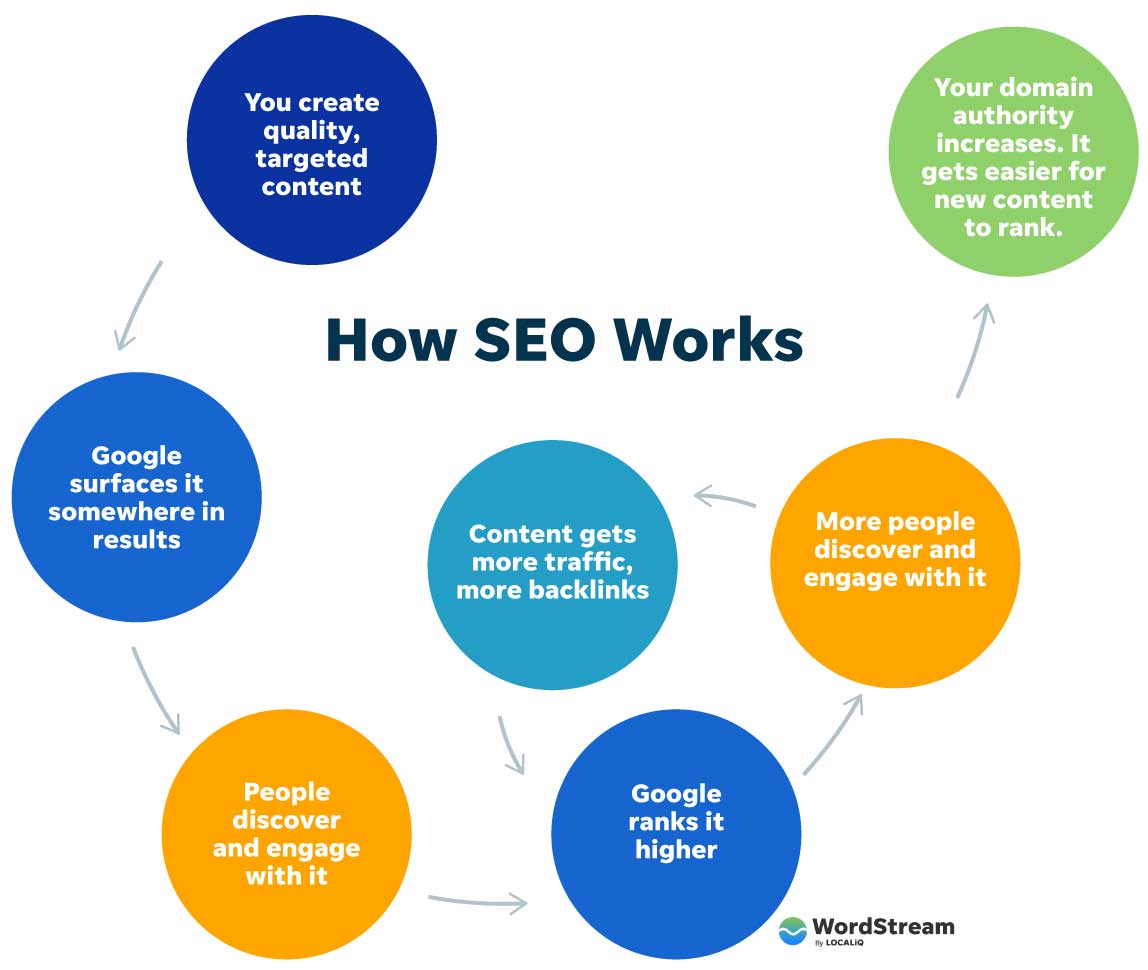Unveiling the Unconventional Mediums in Google Analytics Beyond Default Settings
In the realm of digital analytics, Google Analytics stands as a cornerstone for businesses looking for to recognize their on-line visibility. By venturing past the surface and delving right into the details of social media information, e-mail campaign efficiency, reference web traffic sources, direct website traffic patterns, and personalized network collections, a treasure chest of info waits for those ready to accept a more nuanced approach.

Leveraging Social Media Insights
Periodically neglected, yet immensely beneficial, is the practice of leveraging social media sites insights within the world of Google Analytics. By incorporating data from systems like Facebook, Twitter, Instagram, and LinkedIn right into Google Analytics, companies can obtain a deeper understanding of their audience and the effectiveness of their social media sites projects.
Through this combination, marketers can track and examine individual habits on their internet site that originates from social networks systems. They can identify which social media networks are driving one of the most traffic, which web content is resonating with the audience, and which campaigns are transforming one of the most leads. This understanding allows for data-driven decisions to maximize social media techniques and enhance total advertising and marketing efficiency.
Furthermore, by combining social networks understandings with Google Analytics, services can produce extra targeted and individualized projects - what is not considered a default medium in google analytics. They can make use of demographic information, interests, and online behaviors gathered from social media to refine their audience segmentation and provide customized messages that resonate with particular client groups. This targeted method can result in higher engagement, increased conversions, and ultimately, enhanced roi
Discovering Email Campaign Performance
Uncovering Email Campaign Efficiency includes evaluating essential metrics and performance indicators to evaluate the efficiency of e-mail advertising efforts. When diving right into email campaign efficiency, it is critical to examine metrics such as open rates, click-through rates, conversion prices, and unsubscribe prices. Open prices show the portion of recipients that opened up the email, providing understanding into the effectiveness of subject lines and sender names. Click-through rates gauge the percent of recipients that clicked links within the e-mail, showing engagement degrees. Conversion rates track the percent of recipients who finished a preferred activity after clicking a link in the e-mail, such as signing or making a purchase up for an e-newsletter. Unsubscribe prices highlight the number of recipients that opted out of receiving more emails, losing light on email material quality and importance. By evaluating these metrics, marketers can adjust their email projects for far better interaction and performance.
Analyzing Referral Web Traffic Resources
After reviewing the performance of email campaigns with vital metrics such as open rates and conversion rates, the following critical step is evaluating recommendation web traffic resources in Google Analytics to recognize where internet site site visitors are coming from and just how they interact with the site. Referral traffic sources refer to the sites that guide individuals to your site through clickable links. By delving right into this information, organizations can gain insights right into which exterior systems are driving website traffic to their website, whether it be social media sites systems, companion web sites, or on-line directory sites.
It helps organizations determine high-performing reference sources that add considerably to web site web traffic and conversions. Google Analytics uses go to this web-site comprehensive records on referral traffic, enabling services to track the performance of each recommendation source accurately and make data-driven choices to enhance their on the internet presence.
Exploring Direct Web Traffic Patterns
Discovering the straight traffic patterns in Google Analytics offers useful understandings right into customer behavior and the effectiveness of projects - what is not considered a default medium in google analytics. Straight website traffic refers to visitors who arrive at a web site by straight keying the link right into their web browser, making use of book marks, or clicking untagged links. Comprehending direct web traffic patterns can assist marketing experts review the influence of offline advertising and marketing initiatives, brand name acknowledgment, and the performance of word-of-mouth recommendations
By diving right into straight web traffic information, services can discover important info regarding user intent and brand commitment. Assessing the actions of straight visitors, such as the web pages they see, the moment spent on site, and the conversion price, can give a much deeper understanding of individual engagement and the overall performance of the web site in converting visitors into clients.
Moreover, tracking direct website traffic patterns with time enables companies moved here to identify fads, seasonality impacts, and the success of particular projects or promotions in driving direct check outs. This info can after that be utilized to refine advertising and marketing methods, enhance internet site material, and enhance the total individual experience to take full advantage of conversions.
Utilizing Personalized Network Groupings
Utilizing personalized channel groups in Google Analytics enables businesses to classify and analyze their web site traffic based on details requirements, providing important understandings for optimizing advertising and marketing techniques. Personalized channel collections make it possible for business to develop their own personalized groups of traffic resources, such as social networks, natural search, email campaigns, and reference traffic. By defining these groups, businesses can acquire a much deeper understanding of just how different advertising networks add to their site web traffic and conversions.
This feature is especially beneficial for businesses with diverse advertising methods throughout various platforms. For example, a firm running both paid and natural social networks projects can differentiate between both to examine their specific efficiency properly. Furthermore, customized channel collections can assist determine any type of my response ignored or taken too lightly website traffic resources that might be driving useful interaction.
Final Thought

By venturing past the surface area and delving right into the intricacies of social media information, e-mail campaign efficiency, reference traffic resources, straight website traffic patterns, and personalized channel groupings, a prize trove of info waits for those eager to welcome a much more nuanced technique. They can determine which social media networks are driving the most traffic, which web content is reverberating with the target market, and which campaigns are converting the most leads.After assessing the efficiency of e-mail projects via essential metrics such as open rates and conversion rates, the following crucial action is assessing referral website traffic resources in Google Analytics to understand where web site site visitors are coming from and how they communicate with the site. Custom network groupings enable firms to develop their own tailored groupings of traffic sources, such as social media, organic search, e-mail projects, and referral website traffic. By leveraging social media insights, revealing e-mail project efficiency, analyzing referral traffic sources, exploring direct traffic patterns, and utilizing customized channel groupings, online marketers can get useful insights into their online presence.